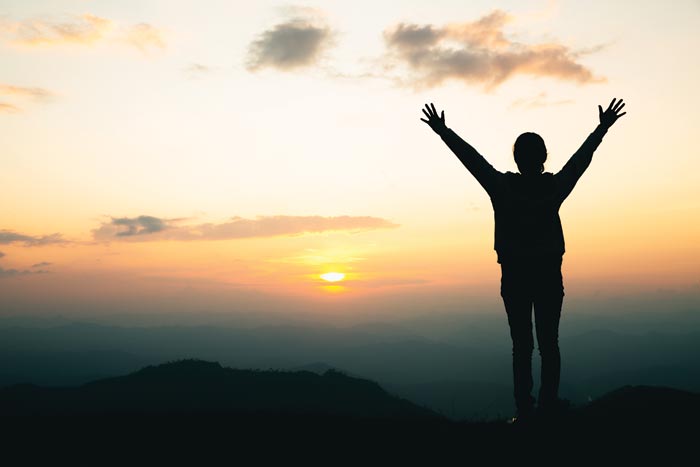Noam Pianko is the Samuel N. Stroum Professor of Jewish Studies and Associate Professor in the Jackson School of International Studies. Pianko also directs the Samuel and Althea Stroum Center for Jewish Studies and serves as the Herbert and Lucy Pruzan Chair of Jewish Studies. He received his Ph.D. in Religious Studies/Judaic Studies from Yale University in 2004 and joined the Jackson School faculty as an Assistant Professor in the fall of that year. Pianko serves on the Executive Board of the American Jewish Historical Society, and has been nominated for a three-year term on the American Jewish Studies board. He has been awarded a Mellon Foundation Fellowship, a UW Technology Teaching Fellowship, a Royalty Research Award, and a Wexner Graduate Fellowship. Professor Pianko is the author of Zionism and the Roads Not Taken: Rawidowicz, Kaplan, Kohn, and he has been published extensively in leading journals.
The following exchange will focus on Professor Pianko’s new book, Jewish Peoplehood: An American Innovation (Rutgers, 2015).
***
Dear Professor Pianko,
Quite a surprising thing we learn about Jewish Peoplehood in your book is how incredibly new the actual term is – the notion of ‘Jewish Peoplehood’ didn’t really exist before the 1920’s. Our introductory question: Where does the concept come from, and what does its late origin show us about the story we tell ourselves about our collective heritage?
Yours,
Shmuel.
***
Dear Shmuel,
Jewish peoplehood evokes a sense of timelessness. Jewish peoplehood, most assume, translates historical terms such as “Am Yisrael[the people of Israel],” “Bnai Yisrael[the children of Israel],” and “Yehudim. [Jews]” into English. But peoplehood is not merely a translation of earlier terminology. Instead, peoplehood, and the associated concept of Jewish collectivity, actually emerged in the United States the 1930’s. Influential Jewish leaders introduced peoplehood (a word that rarely appeared in the English language until this point) as a new conceptual vocabulary for navigating the political and social backdrop of the interwar period and the second half of the twentieth century.
My book, Jewish Peoplehood: An American Innovation traces the introduction of the term to the work of public intellectuals and Zionists, like Rabbi Mordecai Kaplan. Kaplan, one of the early popularizers of the term, believed that defining Judaism as a nationality promised the most viable future for Jews in the United states. Another early peoplehood advocate was Rabbi Stephen S. Wise. Wise, the leader of the American Jewish Congress, believed that the growing threat to European Jews in the 1930s demanded a collective political response from American Jews to combat anti-Semitism and to support efforts to provide safe haven for Jewish refugees. However, convincing American Jews of the importance of supporting the Jewish national cause through asserting a shared political voice was not an easy sell! Still struggling to gain acceptance in the United States, American Jews felt threatened by the association of Jews as a nationality and feared making high profile collective political statements on behalf of global Jewry.
Wise and Kaplan turned to peoplehood as an intentionally ambiguous blank slate that could navigate between the competing demands of national solidarity and Americanization. On the one hand, Peoplehood distinguished Jews from other national groups with claims to loyalty to a homeland. On the other hand, peoplehood borrowed key concepts from nationhood to integrate national consciousness and responsibilities into the vocabulary of American Jewish life. Peoplehood thus served an incredibly important function for mid-twentieth century American Jews grappling with the competing pressures that arose as a result of nationalism and the Holocaust.
But this definition of peoplehood had a significant limitation. In order to coalesce around imagined shared tenets of nationhood, Jewish peoplehood shifted the focus of Jewish collectivity from religious concepts (such as covenant), cultural practices (like shared Jewish languages), and ritual observance to abstract ideals such as unity, shared ethical mission, and solidarity for other Jews. This lowest common denominator mobilized shared concerns without the difficulty of delineating what the nature of the ties that bind Jews to one another. As a result, a tautological definition of Jewish peoplehood emerged. The shared need to articulate a sense of unity and solidarity united Jews to one another.
The question I raise in the book is whether this paradigm of Jewish collectivity callibrated to address a unique set of early twentieth century realities can remain relevant today. A conception of Jewish collectivity built on Zionist notions of collectivity and solidarity clashes with identity formation in an era of globalization and two divergent model of Jewish life in Israel and the United States. The historical assumption that Jews share a fundamental set of political objectives, moral principles, and familial ties belies the tremendous diversity that has emerged in the American Jewish community. As a result, the effort to shape a unified approach creates a strong core of loyal members. But it also turns away a growing number of Jews who don’t fit a model that prioritizes solidarity and unity above personal engagement with Judaism and diverse entry points into Jewish life.
The fact that peoplehood is a recent innovation challenges the perceived state of the Jewish people today. Over the past decade, Jewish leaders have often bemoaned the demise of a shared sense of Jewish peoplehood. The dramatic attenuation in the ties that bind Jews to one another, some have argued, can be seen through a variety of indicators, such as a decline in membership in Jewish institutions, diminished sense of solidarity with Jews suffering around the globe, and shrinking level of attachment to the State of Israel.
The historical context of peoplehood presents a very different interpretation. Changes in expressions of Jewish loyalties and engagement do not reflect the end of an enduring fact of Jewish peoplehood. Rather, they represent the ebb of a particular paradigm calibrated for an outdated set of realities. The good news is that an appreciation of the radical shifts in the past meaning of Jewish collectivity open up conversations about changing the story we will tell ourselves about our collective heritage in the future.























 More news and opinions than at a Shabbat dinner, right in your inbox.
More news and opinions than at a Shabbat dinner, right in your inbox.